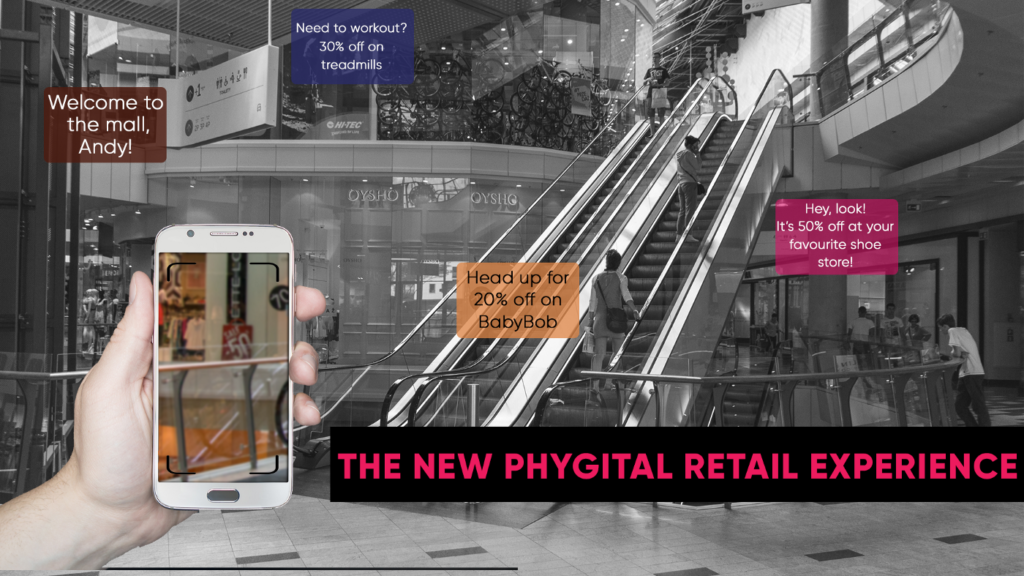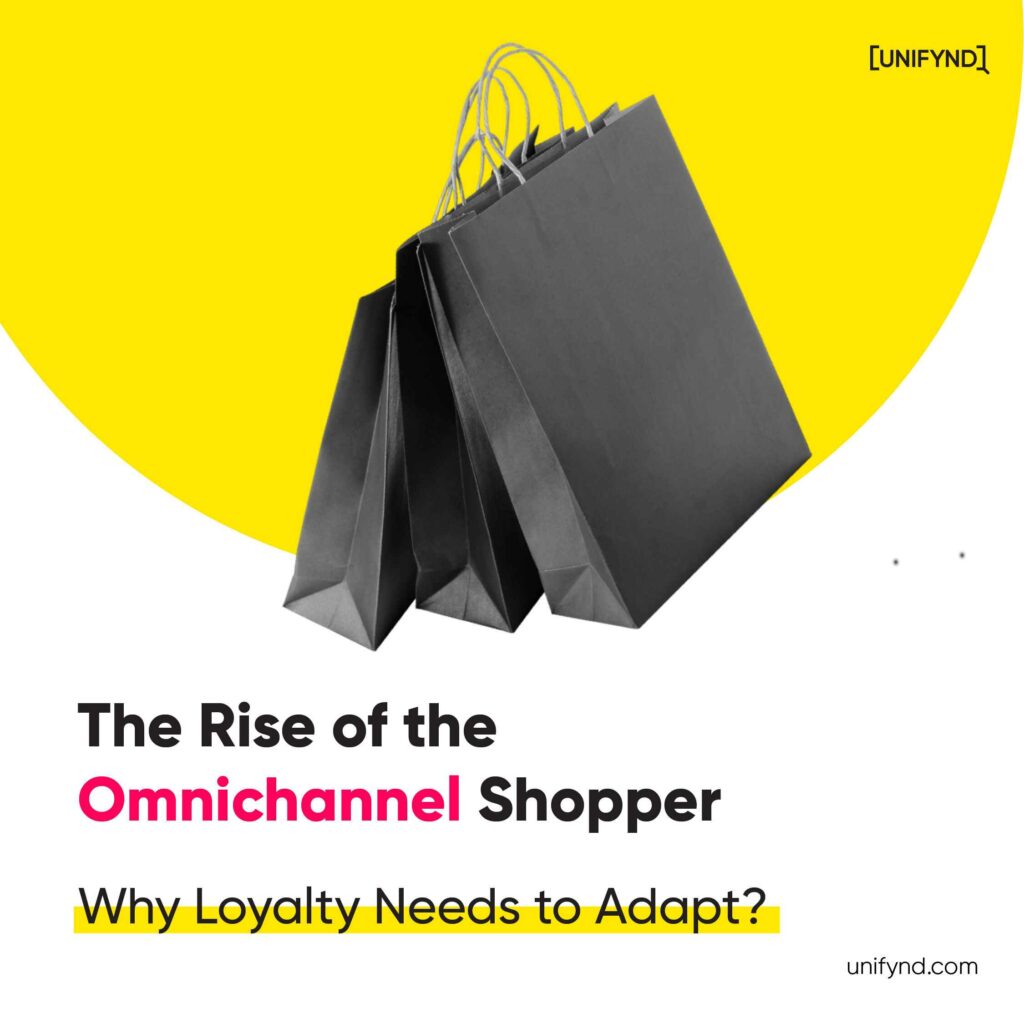The heightened global lockdowns have started to create a chasm between B&M & online retail making consumers lean towards online shopping. This is not an entirely new trend. Post the advent of the internet, high-street fashion was already facing a backlash — higher discounts, the convenience of home delivery & a multitude of options to choose from were a few upsides of online shopping. The low profitability margin affected physical retail stores across the globe, but there was still a large proportion of the audience that favored and loved high street shopping and preferred a physical retail experience. This faction, however, was the major loser in the wake of COVID- 19.
But this should not necessarily mean the end of B&M retail. Maybe it’s time for a physical reboot. There is an opportunity here to bring the high street shopping experience back in the game with a new retail experience strategy. Most businesses are exploring grey areas with the induction of smart and innovative technologies to initiate a digital transformation into the physical retail space, giving rise to a digitally-driven experience.
Burberry, a British luxury brand recently launched ‘Social Sharing’ by partnering with Chinese tech giant Tencent Technologies to strengthen its base with Asian customers. When they realized their brands’ target audiences’ consumer journey began with social media, they knew the next significant digital transformation they needed — An immersive in-store experience of the digital world. And so, Burberry opened its first social media store where you can explore areas conceptualized by social media interaction. Users can share experiences with communities, scan products, unlock content, buy online, book appointments, contact customer service — all within the WeChat ecosystem. At the store level- the app acts as a shopping assistive technology. These online and offline interactions are rewarded with social currency.
E-commerce giant Amazon started investing in the physical retail sector four years ago with Amazon Go. With its recent Dash Cart, customers can link their Amazon account to eliminate physical contact for payment, thus refining smart grocery shopping. Users need to scan the QR code on the cart to link their Amazon account which will grant access to wishlists, previously bought items, and billing accounts. Using computer vision, algorithms, and fusion sensors, the cart will identify items to create an invoice and complete the payment.
As India prepares to unlock and open businesses, malls are facing an unfavorable challenge. Mall shopping is at the core of Indian family households with high consumer spending. To bring consumer confidence back on the table, only sanitization and UV technologies will not be enough. It is now imperative to tie traditional retail with the favors of online shopping. Malls will have to adopt technology, using omnichannel communication to create a phygital shopping experience.
Future Retail Tech is a mall management solution suite that will help retail spaces tackle such emerging challenges.With FRT, retailers can create customer experiences and engagement on a unified platform, gain unique insights into their interests & information, and accordingly align marketing efforts to increase profitability. It is a suite that creates a centralized system of mall directory, inventory management, omnichannel communication, contactless payment, event bookings, smart parking solutions and more.
As businesses race towards an unseen future, it’s time to take giant leaps of faith towards digital disruption to stay ahead of the curve. If retailers are agile and receptive towards innovative practices, they will be able to thrive and grow in the times ahead.
To know more about the product reach out to us for a demo on https://www.unifynd.com/book-a-demo







